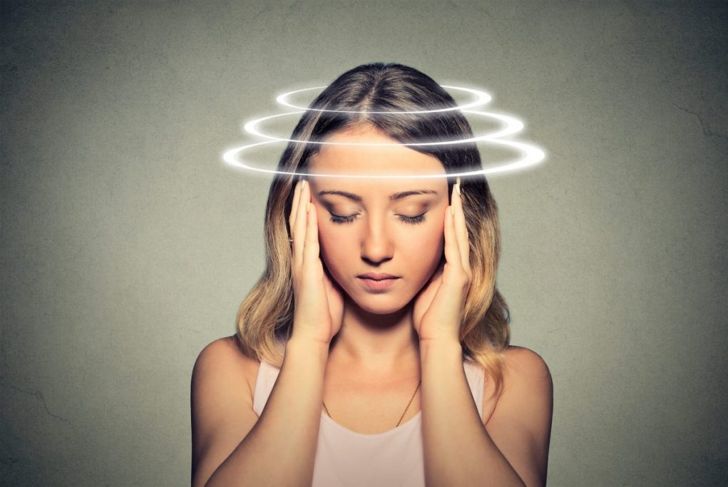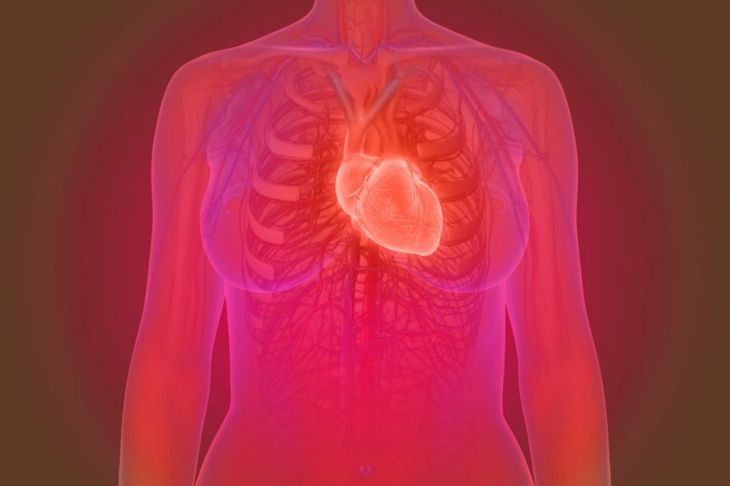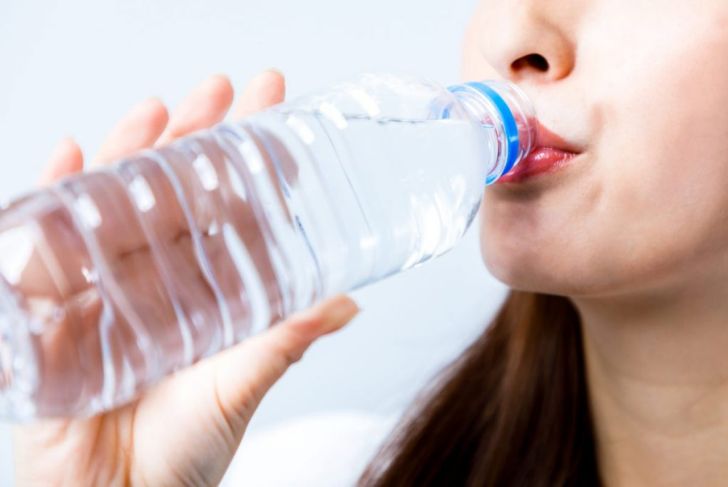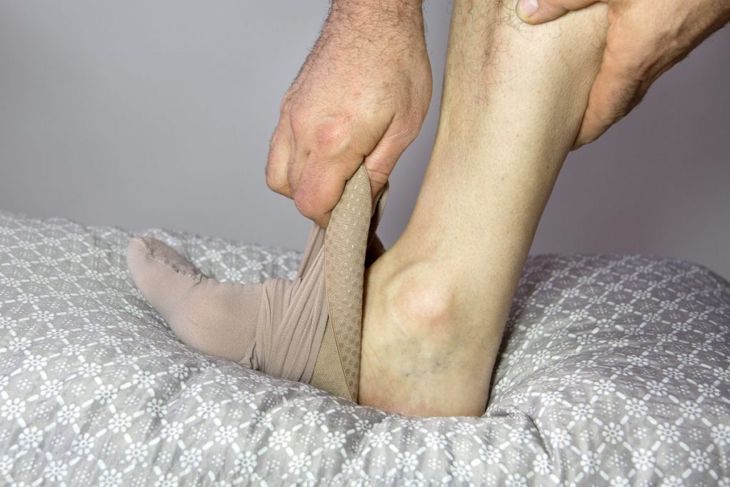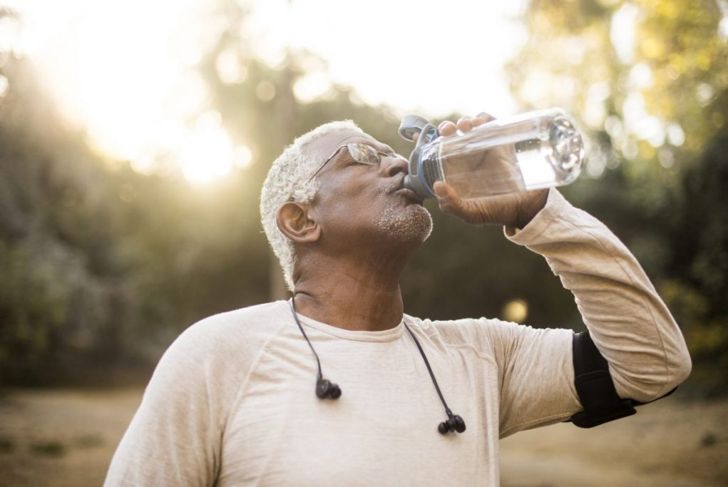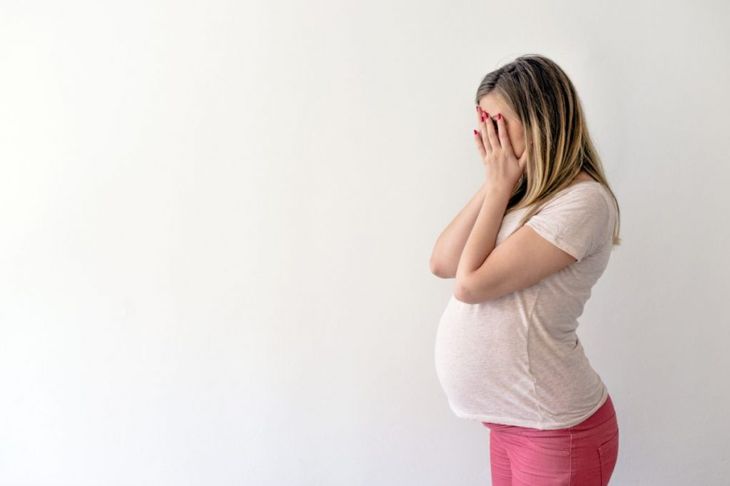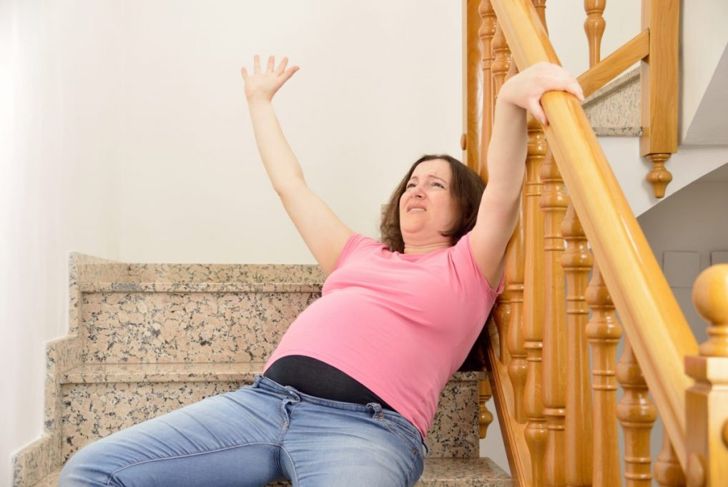Orthostatic hypotension is low blood pressure that occurs when a person stands up from a seated or reclining position. For this reason, the condition is also called postural hypotension. Often, orthostatic hypotension is mild and short-lived. Sometimes, the person will be able to identify the reason their blood pressure has dropped and act accordingly to treat the problem at home. However, regular episodes of orthostatic hypotension could be a sign of an underlying health condition.
Common Symptoms
The most common symptom of orthostatic hypotension is a dizzy or light-headed sensation upon rising from sitting or lying down. The person may feel temporarily confused and have blurred vision. It can also cause nausea. Sometimes, the condition can cause weakness. If blood pressure becomes very low, the person may faint. Symptoms of orthostatic hypotension are temporary and usually last for just a few minutes.
When to Seek Help
If the person experiences dizziness when standing up only occasionally, this is usually not a cause for concern. However, if one has symptoms of orthostatic hypotension frequently, or the symptoms are severe, this can be a sign of an underlying health condition and requires assessment by a doctor. If the person loses consciousness when they stand up, even if it is for a very brief period, urgent medical care is required. Having symptoms at dangerous times, such as while driving, also need to be assessed urgently by a doctor.
Why does Standing Up Lower Blood Pressure?
When a person stands up, blood temporarily gathers in their legs and abdominal area. This is normal and works to temporarily lower blood pressure. Normally, the body automatically responds to this, and the heart starts to beat faster to raise the blood pressure back to a healthy level. When a person has orthostatic hypotension, the body’s ability to correct low blood pressure from standing up is interrupted. This can happen for a variety of reasons.
Causes of Orthostatic Hypotension
Dehydration is a common and temporary cause of orthostatic hypotension. A person may become dehydrated because of a stomach bug, not drinking enough fluids, or vigorous exercise. Once healthy levels of hydration are restored, the body regains the ability to correct the blood pressure after standing. Problems with the cardiovascular system can also cause the condition. Endocrine and nervous system disorders often lead to the development of orthostatic hypotension. In seniors, orthostatic hypotension can occur after eating.
Diagnosis
If a person is showing signs of orthostatic hypotension, a doctor may want to carry out regular blood pressure monitoring or perform a tile table test. This involves raising and lowering the person on a tilting surface, allowing the doctor to assess how getting up affects the patient’s blood pressure. The doctor may also order blood tests to investigate underlying health conditions that may cause low blood pressure.
Treatment Options
Treatment for orthostatic hypotension involves attempting to restore normal blood pressure. If the condition is mild, it can usually be resolved by simply sitting down again during an episode. If an underlying condition causes orthostatic hypotension, medication may help raise blood pressure. A doctor may prescribe medicine to increase blood volume. Compression stockings can also help prevent blood pooling in the legs, which can lead to lower blood pressure when standing.
Lifestyle Changes
Simple lifestyle changes may be recommended to prevent and reduce episodes of orthostatic hypotension. Avoiding dehydration by drinking plenty of fluids can be helpful, as can reducing alcohol and salt intake. If the person experiences orthostatic hypotension after eating, consuming smaller meals may improve their condition. Propping the upper body in bed may also be recommended, as this reduces the difference in height between lying and standing. Standing up slowly can also prevent drops in blood pressure.
Risk Factors
Orthostatic hypotension is most common in people over 65. Certain medications also make experiencing these events more likely, such as antidepressants. Narcotic and alcohol use can exacerbate the condition. If a person was on long-term bed rest, orthostatic hypotension could occur when they resume moving about. Extreme heat exposure can also cause low blood pressure upon standing because sweating in high temperatures can lead to dehydration.
Orthostatic Hypotension in Pregnancy
Pregnant women often experience orthostatic hypotension because the cardiovascular system has to expand very quickly to meet the demands of growing a baby. Often, this leads to temporarily lowered blood pressure. Orthostatic hypotension in pregnancy is normal and isn’t usually a cause for concern. Once the woman has given birth, her blood pressure should return to normal.
Complications
Usually, mild orthostatic hypotension doesn’t cause long-term health problems. However, more severe cases can lead to complications, especially in older adults. One of the most common concerns is fainting and the injuries that could result from a fall. If a person has persistent orthostatic hypotension, they are also at a higher risk of having a stroke or developing cardiovascular problems such as heart failure or arrhythmia.

 Home
Home Health
Health Diet & Nutrition
Diet & Nutrition Living Well
Living Well More
More